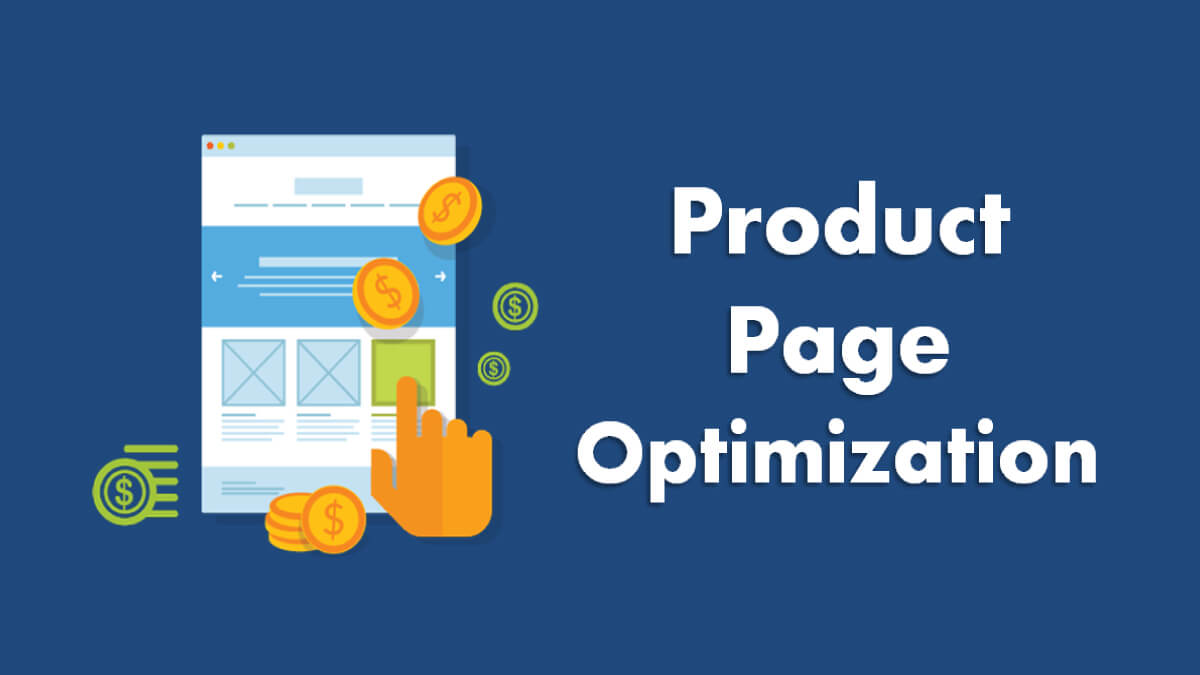In a world where consumers are faced with more choices than ever before, brand identity has never been more important. After all, how else can you stand out from the crowd and make shoppers choose you over everyone else? Unfortunately, whatever sector you’re in you’re likely to be competing with some big-name brands — companies with plenty of cash to splash on the very best professionals in town. So how can you compete and build a solid, instantly recognizable identity without forking out big bucks for expensive consultants and designers?
Luckily, most of the tricks for building a strong brand identity are within easy reach of even the smallest startup. And whether you’re starting from scratch or rebranding an existing business, there are some simple steps that you can follow to get it right.
First, think about your brand name. Typically, it’s the first thing that potential customers will notice about your business, so it’s important to choose the right fit. To begin, brainstorm around what you want your brand name to say about you: do you want it to tell people all about your business, or be catchy and unique and leave things to the imagination? Both simple brand names, portmanteaus, and made-up words can be really powerful in different contexts, so figure out which one works for you. If you’re stuck for inspiration, a business name generator can throw up some excellent ideas.
Next, you’ll need a logo — and unless you happen to be a graphic designer this is where the professionals come in. But you don’t need to spend a fortune. In fact, sites such as Fiverr and Upwork will connect you with talented designers willing to deliver projects for a surprisingly affordable price. To keep costs down, do as much of the work yourself as you can, presenting a clear brief of any images, symbols, and ideas you want incorporated into your logo. Or, if you’re determined to have a go, use tools such as Hatchful and Canva to help you along the way. Remember: a good logo is eye-catching, adaptable, and instantly recognisable as your brand.
After that, you’ll want to pick a colour palette and a typeface to form part of your brand identity. The goal is to use these across all marketing material, both on and offline, to create an immediate sense of familiarity around your business. Essentially, you’re building a toolkit that anyone can use to easily recreate the look and feel of your brand. For typefaces, you’ll want to choose something that reflects the message you’re trying to convey — do you want to appear knowledgeable and trustworthy, for example, or fun and irreverent? Or perhaps you’d prefer an understated, minimalist font? Similarly, your colour palette should reflect who you are as a company… are you all about bright, primary shades? Subtle pastels? Or maybe a more muted, monochrome style?
Once you’ve established your brand identity, it’s time to put it into action. Build a brand style guide that communicates all your choices in a simple, accessible manner, allowing any employees or freelancers to instantly get a feel for your brand. Then, make sure that this style is apparent everywhere, from product branding to the theme of your online store. By following these tips, you can build recognition and increase sales for your business — without forking out a fortune for a corporate branding.







